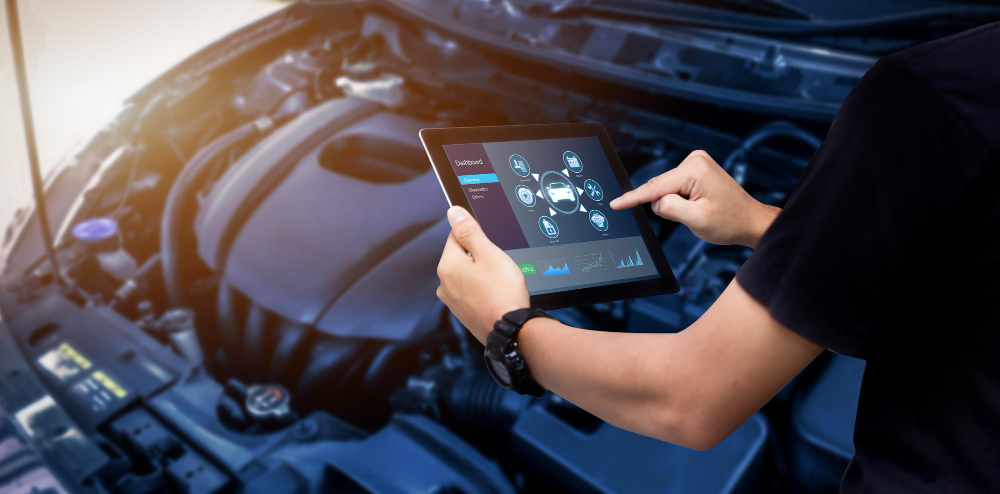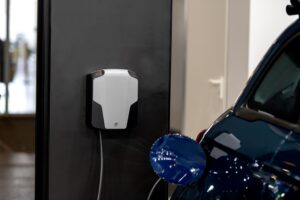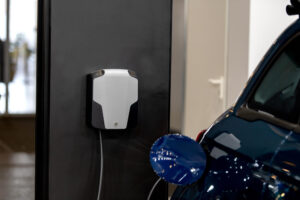As the popularity of electric vehicles (EVs) continues to grow, owners need to understand the best practices for maintaining their electric cars.
Optimizing electric car maintenance is crucial for ensuring the optimal performance, extended lifespan, and maximum efficiency of electric vehicles. Electric car maintenance, which includes specific considerations for the upkeep of electric motors, differs significantly from traditional gasoline-powered vehicles.
This article will delve into the various aspects of electric car maintenance, such as maintaining the electric motors, discussing an EV maintenance schedule, and more.
Here we go!
Types of Electric Car Maintenance
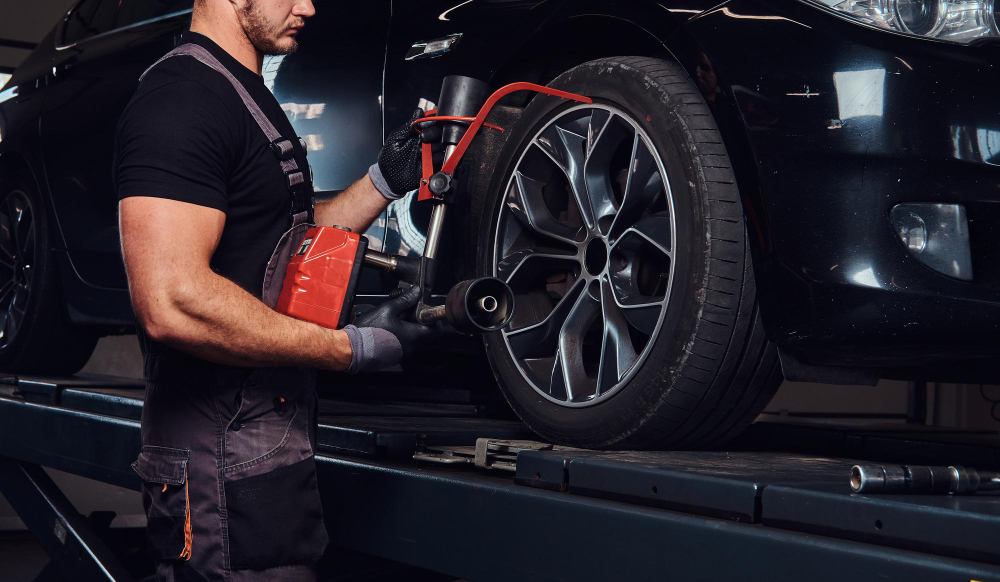
There are several key areas to focus on when it comes to maintaining an electric car. You can keep your EV running smoothly and efficiently by paying attention to these aspects.
Battery Care and Maintenance
The battery is one of the most critical components of an electric car. Proper electric car battery care is essential for preserving its performance and longevity. Here are some tips for maintaining your EV batteries:
- Regular Charging: It’s essential to follow the manufacturer’s guidelines for charging your EV battery packs. Avoid overcharging or frequently discharging the battery to deficient levels.
- Temperature Management: Extreme temperatures can impact battery performance. Whenever possible, park your electric car in a shaded area or a garage to minimize exposure to high heat or freezing temperatures.
- Battery Inspections: Periodically inspect the battery for any signs of damage or corrosion. If you notice any issues, consult a qualified technician for further assistance.
Tire Maintenance
Regular maintenance is essential for optimizing an electric vehicle’s overall efficiency and safety, and tire care plays a crucial role in this regard. Here’s what you should be aware of:
- Proper Inflation: Ensure your EV’s tires are inflated to the recommended pressure. Underinflated or overinflated tires can affect fuel efficiency and tire lifespan.
- Regular Rotation: As part of your regular maintenance routine, make sure to rotate the tires at regular intervals. This practice helps distribute the wear evenly, leading to a smoother ride.
- Alignment and Balancing: Misaligned or unbalanced tires can result in uneven tread wear and reduced efficiency. Regularly check the alignment and balance of your EV’s tires.
Brake System Maintenance
Even though electric vehicles have a special braking system that helps recharge the battery, it’s still important to take care of the brakes. Here are some essential things to remember:
- Checking the Brake Pads: It’s a good idea to check the brake pads regularly for any signs of damage. If the brake pads are worn out, braking can be less effective and take longer to stop.
- Changing the Brake Fluid: Follow the recommendations from the manufacturer on when to change the brake fluid. If the brake fluid is old or dirty, it can affect how well the brakes work.
- Using Regenerative Braking: Use regenerative braking, which turns the energy from braking into electricity. This helps recharge the battery and makes the vehicle more efficient. This feature is not found in conventional vehicles.
EV Maintenance Schedule
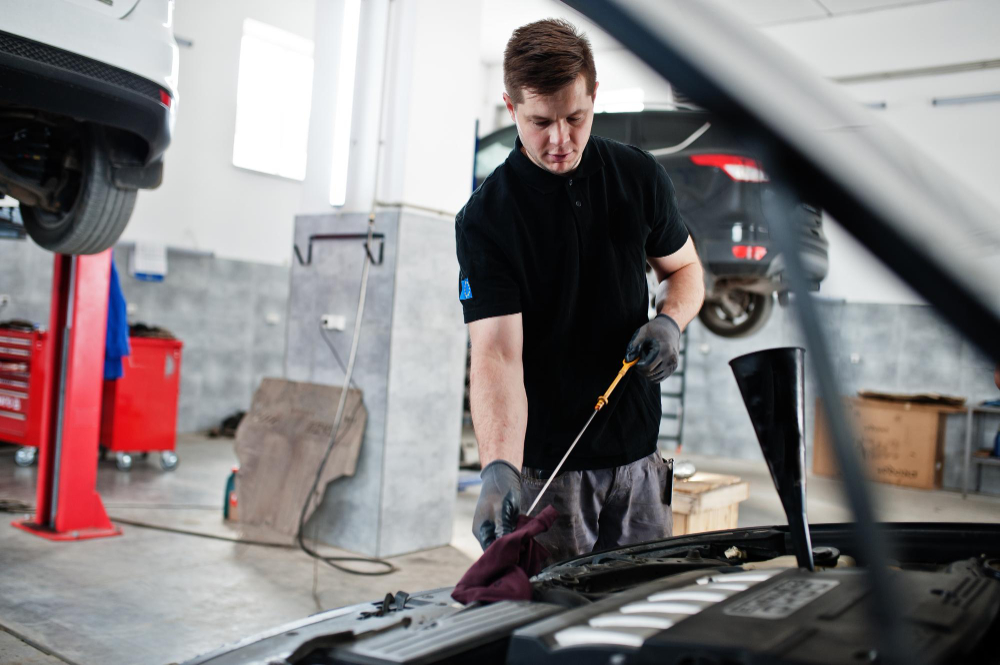
It’s important to follow a maintenance schedule to ensure your electric car operates optimally. While specific requirements may vary depending on the make and model of your EV, the following guidelines serve as a general reference:
Every 30 Days
- Check tire pressure and ensure proper inflation.
- Inspect windshield wipers and replace them if necessary.
- Verify the functionality of exterior lights.
Every 7,500 Miles
- Optimize your tire wear by regularly rotating them.
- Ensure the brake pads and discs are in good condition by inspecting them for wear and tear.
- Maintain the appropriate coolant level and add more if necessary.
At 15,000 Miles
- Replace the cabin air filter for improved air quality.
- Inspect the suspension components for any signs of damage.
- Verify the condition of the drive belt and replace it if necessary.
At 36,000 Miles
- Take a look at the battery to see if there are any signs of damage or wear.
- Make sure the brake fluid level is okay and change it if needed.
- Check that all the safety features are working well, like the airbags and seat belts.
At 75,000 Miles
- Replace the spark plugs for optimal performance.
- Inspect the charging system for any issues.
- Flush and replace the coolant for efficient temperature regulation.
Many Maintenance Routines Won’t Change
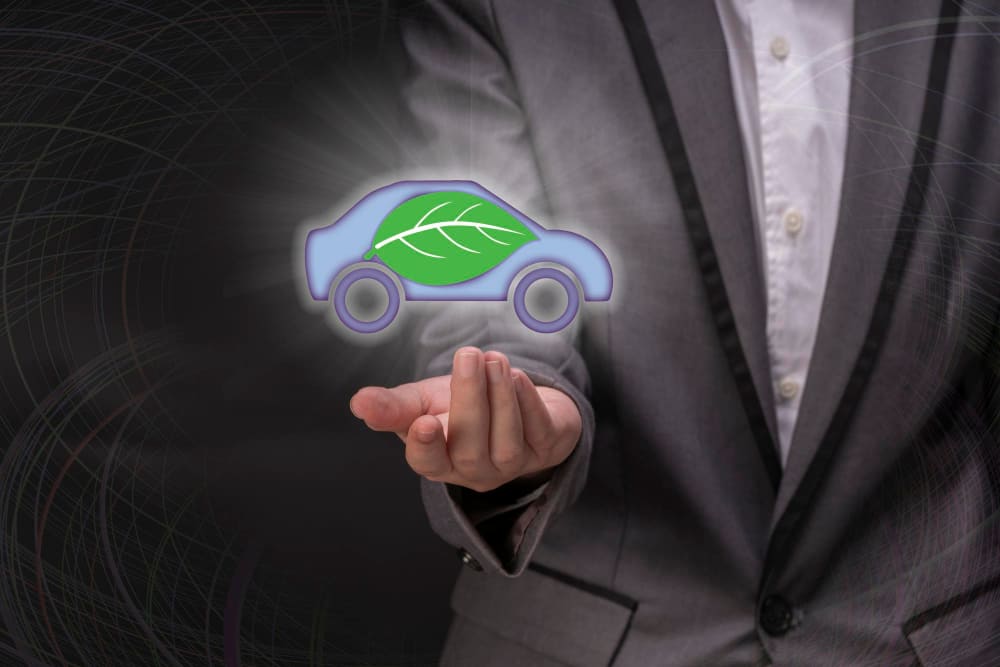
Electric vehicle (EV) owners benefit from the simplified maintenance needs compared to traditional cars with internal combustion engines. Although there may be some differences in the tasks involved, many routine maintenance practices remain the same.
It is important for EV owners to regularly check and change filters, inspect lights and signals, and take care of their tires to keep their vehicles running smoothly. These practices not only contribute to the longevity of the EV but also help control servicing costs.
Frequently Asked Questions
Are electric cars expensive to maintain?
Electric cars usually cost less to maintain than regular gasoline-powered vehicles. They have fewer parts that need fixing, so there’s no need for oil changes, transmission maintenance, or exhaust system repairs.
However, maintenance costs for electric cars can vary depending on battery health, tire condition, and specific repairs. By following the recommended service schedule and taking good care of your electric vehicle, you can keep long-term expenses to a minimum.
If you’re looking to buy a second-hand electric vehicle for sale in Euroa, make sure to consider its maintenance history as well.
What are the disadvantages of an electric car?
Electric cars have both advantages and disadvantages to consider. Here are some common drawbacks:
- Limited Driving Range: Some electric cars may have a shorter driving range than gasoline cars, so you may need to charge them more often or plan longer trips carefully.
- Longer Charging Times: Charging an electric car takes longer than refueling a conventional car. However, charging speeds are improving with advancements in infrastructure and technology.
- Higher Initial Cost: Electric cars generally have a higher upfront cost due to the technology and battery expenses. However, lower operating and maintenance costs can balance this out over time.
What is the lifespan of an electric car?
The lifespan of an electric car depends on different things like battery health, maintenance, and how it’s used. If you take good care of your electric car and its battery, it can last for many years. As technology gets better, electric car batteries are becoming more durable and lasting longer, which is good news for owners.
Conclusion
To keep your second-hand electric vehicle in Benalla running well and lasting a long time, you must take a proactive maintenance approach. Follow the recommended maintenance schedule and take care of the battery, tires, and brakes. It’s important to stay on top of general upkeep as well.
Understanding how to maintain an electric car is crucial for getting the best performance, saving money, and enjoying a smooth drive. Make sure to check your car’s specific manual and talk to professionals if you have any specific concerns or issues.

